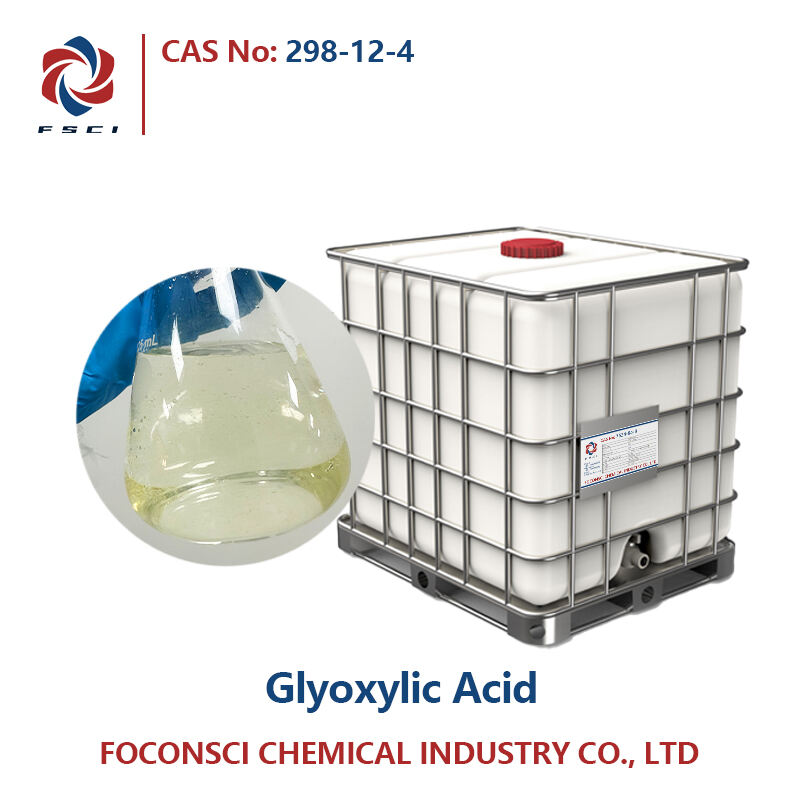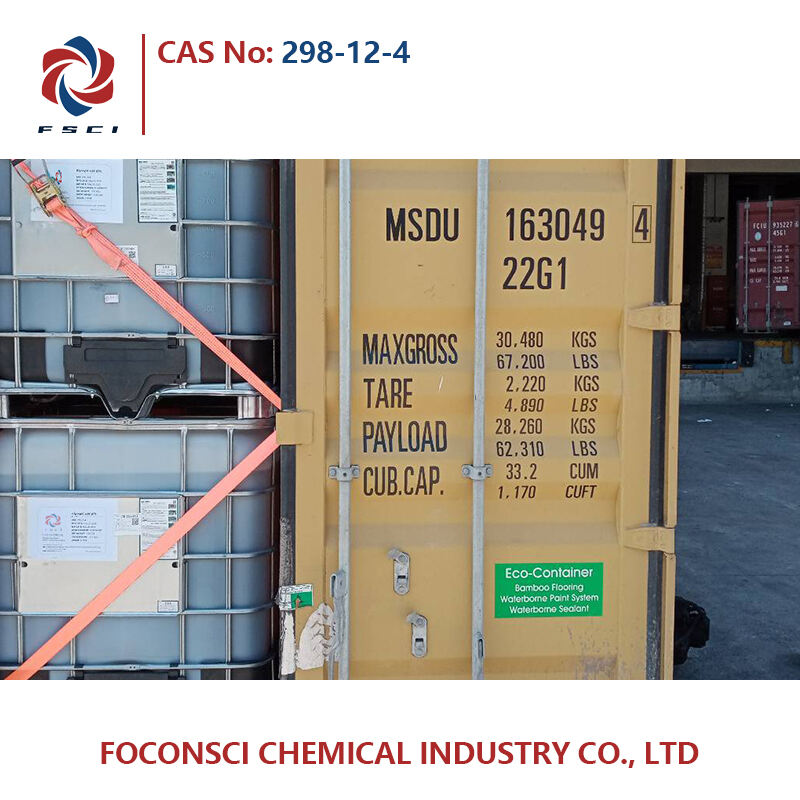Glyoxylic Acid
Glyoxylic acid is a versatile organic compound with a wide range of applications across various industries. Understanding glyoxylic acid involves recognizing its benefits, recent advancements, and proper handling procedures to maximize its potential while ensuring safety.
Advantages
One of the main advantages of glyoxylic acid is its high reactivity, making it suitable for various chemical syntheses. It serves as a key intermediate in the production of fine chemicals, including pharmaceuticals and agrochemicals. Glyoxylic acid is also valued for its relatively low environmental impact compared to other chemicals used for similar purposes, contributing to more sustainable industrial processes.
New Discoveries and Innovations
Significant discoveries have expanded the potential uses of glyoxylic acid over time. Researchers are exploring new catalyst systems and environmentally friendly production methods to enhance efficiency while minimizing ecological footprints. Innovations in catalyst design and reaction engineering have led to increased selectivity and yield improvement in processes involving glyoxylates, opening new avenues for its application.
Safety Measures
Despite its numerous benefits, glyoxylic acid is a highly reactive substance that requires careful handling. Contact with skin or eyes can cause irritation, and inhalation may lead to respiratory issues. It is essential to use appropriate safety gear, such as gloves and goggles, and ensure adequate ventilation when working with glyoxylic acid. Proper storage procedures should be followed to prevent accidental exposure or degradation. Always refer to the Material Safety Data Sheet (MSDS) and adhere to safety guidelines during handling.
Applications
Glyoxylic acid finds applications across different industries, including:
· Pharmaceuticals: Used as an intermediate in the synthesis of various medical compounds, such as antibiotics and anti-inflammatory drugs.
· Cosmetics: Commonly included in hair care products, particularly those designed for straightening or smoothing treatments.
· Agriculture: Acts as a precursor in the production of herbicides and fungicides, helping to protect crops and increase yields.
· Polymers: Utilized in the manufacturing of biodegradable plastics and resins, reducing pollution caused by non-degradable materials.
· Food Industry: Used as a flavor enhancer and preservative in certain food products.
How to Use
The application of glyoxylic acid depends on the desired outcome. In hair care formulas, it can be combined with conditioners and applied to achieve straightening effects. In chemical syntheses, glyoxylic acid may serve as a reagent or intermediate, with specific reaction conditions tailored to obtain particular results. Always follow recommended guidelines and procedures for maximum efficiency and safety.
Importance of Quality Assurance
Quality assurance is crucial to ensure the safety and consistency of glyoxylic acid. It is important to accurately test the purity, strength, and stability of this compound to maintain performance standards. Implementing stringent quality control measures helps prevent contamination and ensures the integrity of glyoxylic acid-based products during manufacturing. Adhering to international standards and acquiring certifications can build trust among stakeholders.
Flexibility and Applications
The versatility of glyoxylic acid lies in its involvement in various chemical reactions, making it essential for chemists and manufacturers alike. Its adaptability allows for innovative solutions across multiple sectors, from pharmaceutical manufacturing to agricultural inputs and polymer production. The ongoing discovery of new applications and methods for using glyoxylic acid highlights its value in modern industry and scientific research.



 EN
EN
 AR
AR
 BG
BG
 HR
HR
 CS
CS
 DA
DA
 NL
NL
 FI
FI
 FR
FR
 DE
DE
 EL
EL
 HI
HI
 IT
IT
 JA
JA
 KO
KO
 NO
NO
 PL
PL
 PT
PT
 RO
RO
 RU
RU
 ES
ES
 SV
SV
 TL
TL
 IW
IW
 ID
ID
 LV
LV
 LT
LT
 SR
SR
 SK
SK
 VI
VI
 HU
HU
 TH
TH
 TR
TR
 GA
GA
 CY
CY
 KA
KA
 LA
LA
 MN
MN
 KK
KK
 LB
LB


